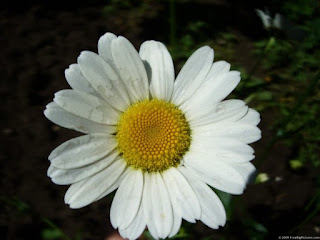HOMOEOPATHIC REMEDIES FOR HOME- SICKNESS

Home sickness is a feeling of stress or anxiety caused by separation from people and places that you know. Home sickness is the distress caused by being away from home. Its cognitive hallmark is preoccupying thoughts of home and attachment objects. Suffers typically report a combination of depressive and anxious symptoms, withdrawn behavior and difficulty focusing on topics unrelated to home. When we feel home sick, we are feeling insecure or uncomfortable with where we are, physically and emotionally. In its mild form, homesickness prompts the development of coping skills and motivates healthy attachment behaviors , such as renewing contact with loved ones. Nearly all people miss something about home when they are away, making homesickness a nearly universal experience. However intense home sickness can be painful and debilitating. Symptoms Symptoms of home sickness include: · a disturbed sleeping pattern · Feeling angry , nauseous, nervous or sad ·



